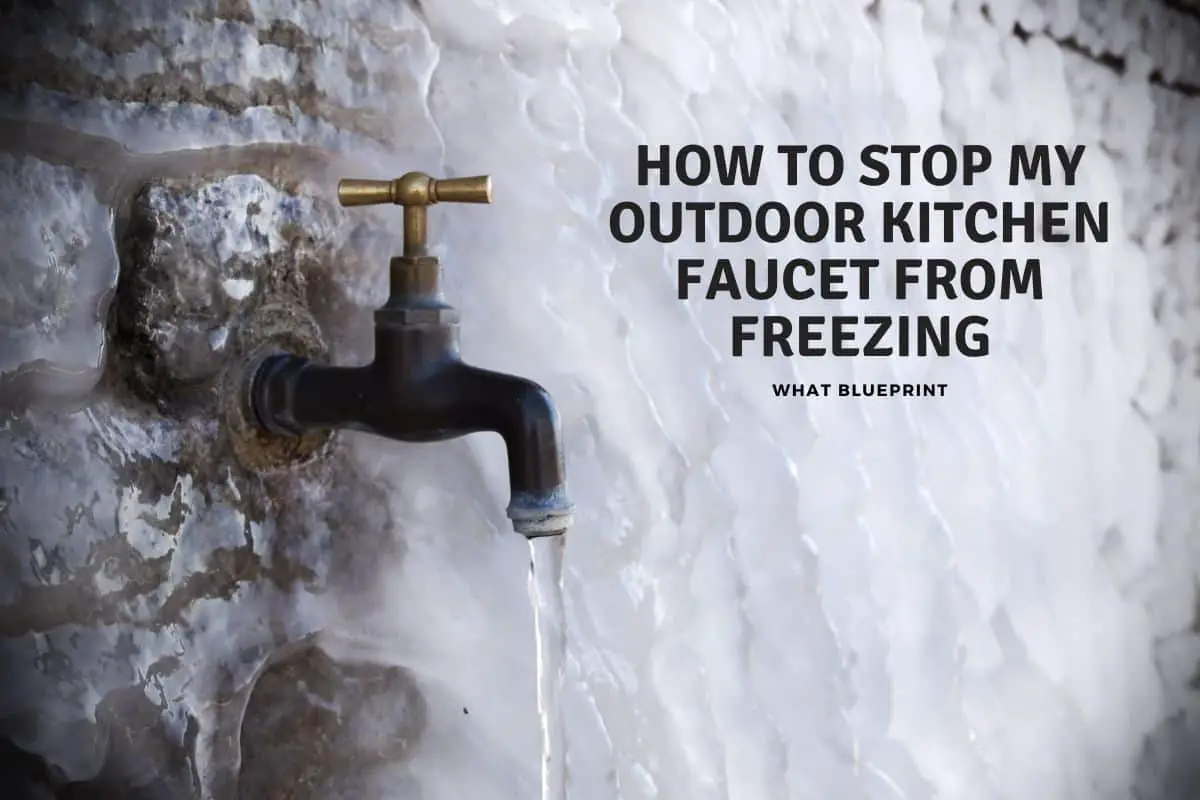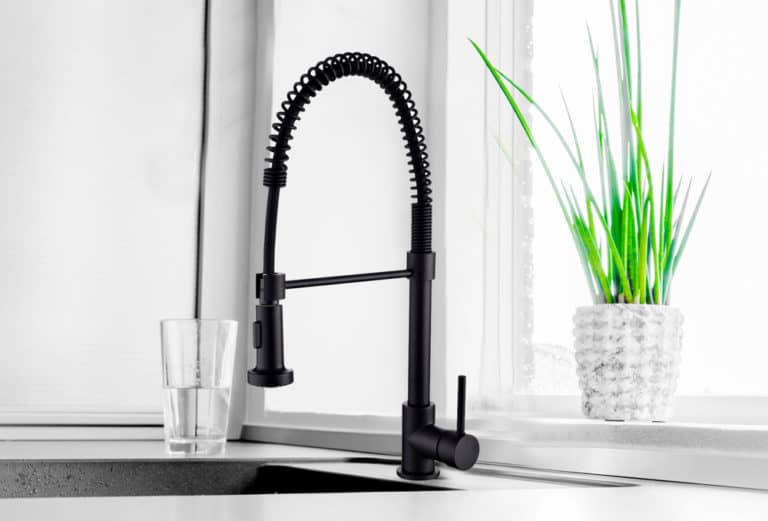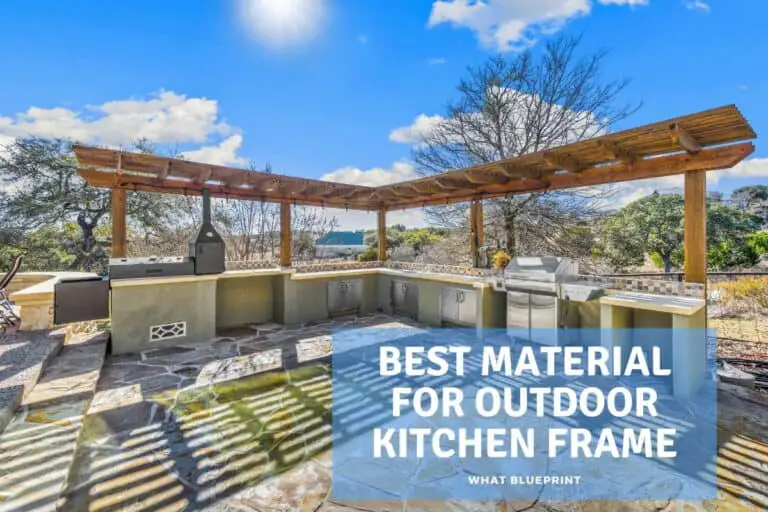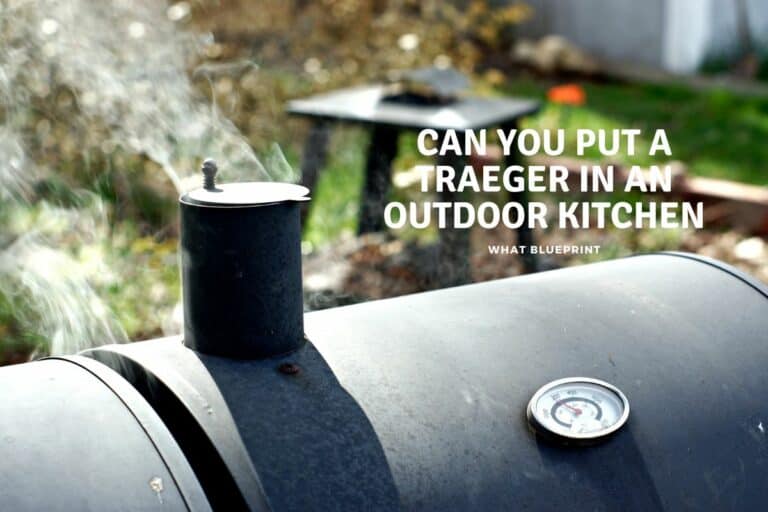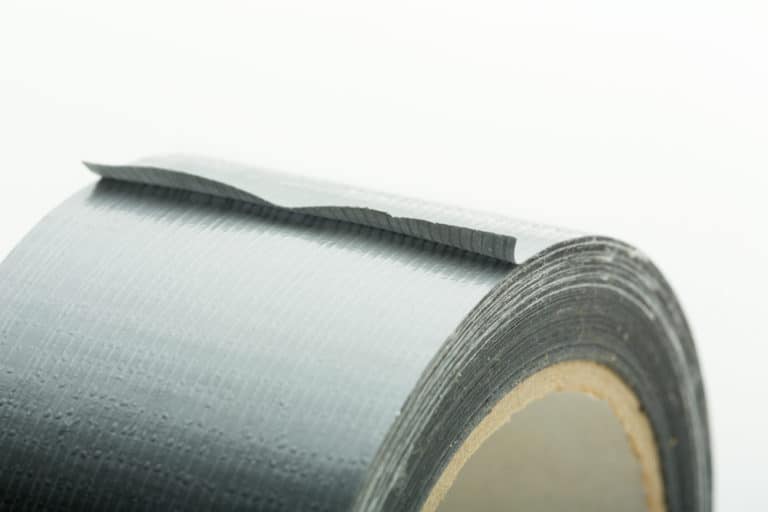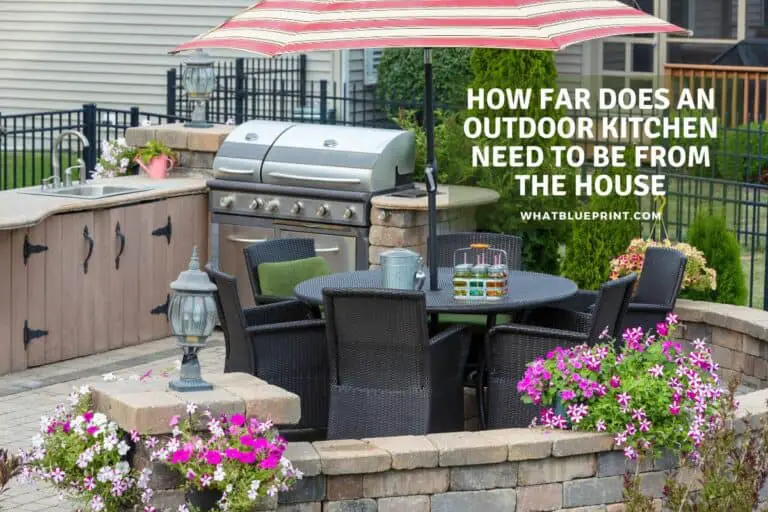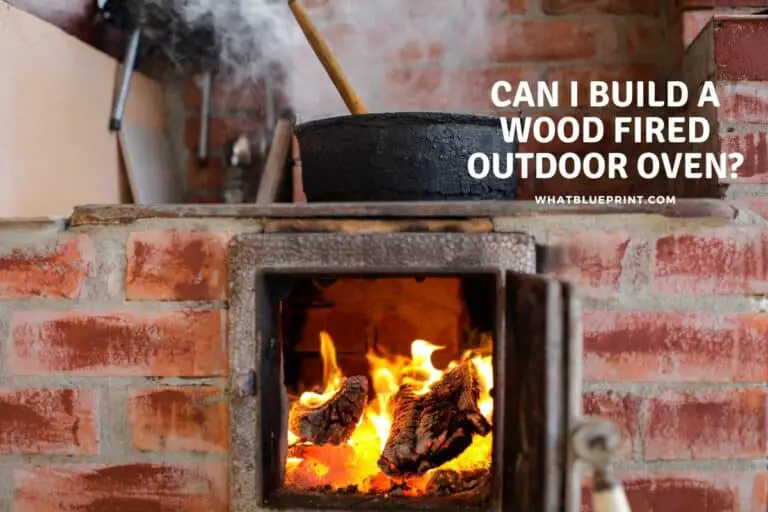How To Stop My Outdoor Kitchen Faucet From Freezing
During the wintertime, our homes become that much more susceptible to damage. Plumbing is one of the main concerns, as water can freeze if left unchecked. This can be an issue even in a heated home, but what about outdoor faucets which are at the mercy of the elements all winter, is there a way to stop these outdoor faucets from freezing and being damaged.
Insulating both the outdoor Kitchen Faucet and the exposed pipework will help to protect them from freezing winter temperatures. Faucet covers are suitable for outside faucets, but shutting over water valves and draining water should be done first if the faucet will remain unused during the winter.
there are a few ways to protect your outdoor water supply that we will address in the article below, most a simple and require little to no DIY skills, and there are even cheap and ready to use products to use if needed as well.
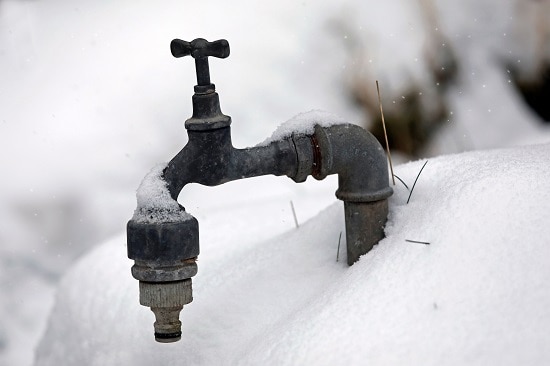
How Do I Keep My Outdoor Kitchen Faucet From Freezing
Outdoor temperatures during the wintertime are, to no ones surprise, the coldest of the year. Unless you are lucky enough, like us!, to live on or close to the equator, you will find yourself lamenting or enjoying seasonal changes.
The further North, or South if you are from Australia, South Africa or New Zealand and you can see averages at 32 degrees Fahrenheit. This places us just above the freezing point of water, and wind chill shade or other factors to that and we are at the point where water, especially standing water, is likely to freeze.
So if you do live in an area where cold temperatures are a yearly occurrence you should pay some attention to winterizing your outside spaces. One of these is to prevent your outside faucets, in kitchens and elsewhere, from freezing.
How to Prevent your Outdoor kitchen Faucet from Freezing?
We have highlighted the simplest ways to keep your outdoor kitchen faucet from freezing below.
- Pipe sleeves, especially if your piping is exposed to the elements over some distance.
- Insulative tape: Helps to keep the cold out of the pipes.
- Insulative casing: more expensive and more effective if you are in extreme temperatures.
- Faucet covers: If you just have, or mostly have, the faucet exposed to the weather this may suit better, especially if garden / hose faucets rather than kitchen.
The first step, especially if you are not likely to use the outside faucet is to drain and standing water from it. Once the water is drained, we put an insulative cover on the faucet and insulate its nearby pipes Some options for this are linked below.
Why Should you prevent your Faucet from Freezing.
While it is certainly more likely to cause damage if an interior faucet freezes and bursts as there is usually more to damage, and more to dig up and remove in order to make repairs. In fact the average insurance claim, if covered, for a burst pipe in a home is around 10,000 USD according to the insurance information institute.
Depending on the location of your outdoor faucet the cost could be more, especially if you have expensive outdoor appliances as well.
So a simple and cheap fix can stop both the inconvenience and the cost of an insurance claim.
Can I still use my outdoor kitchen faucet during winter?
Despite the freezing temperatures outside, it is still possible to have a working outdoor faucet. It will require more extensive construction, but you can opt to purchase a frost-proof faucet
The main difference between a frost-proof faucet is how it addresses the weak points of a regular faucet. In most faucet designs, the fixture and the pipes are small and usually entirely placed outdoors.
A freeze-proof faucet sources water deep inside a house, where water is much warmer, and shutting off water flow deeper into the home. This prevents water from staying inside the faucet and is what makes the entire faucet frostproof.
The same setup can be done in any outdoor kitchen setup, given that your kitchen faucet is not too far from your home. A frost-proof faucet only works if it can source water from inside a house though.
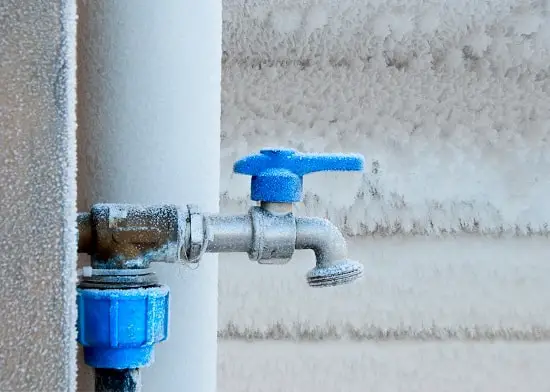
What causes an outdoor kitchen faucet to freeze?
The main problem with our outdoor kitchen faucets is that they’re too exposed to cold temperatures, which is why they freeze. We have to drain our outdoor faucets before winter comes because the pipes of these faucets are also very susceptible to freezing.
- Water remains stagnant
More often, outdoor faucets are not as well used as our indoor plumbing fixtures. When a fixture is not used, the water inside its pipes remains stationary, this makes it easier to freeze.
- Exposed to cold temperatures
The problem with a pipe that leads to an outdoor kitchen is that it is exposed to freezing temperatures. Pipes inside the house are heated by the homes warmth. thsi is why we need to take the extra precautions.
- Plumbing limitations
The pipes used for an outdoor kitchen are often small, limited, and isolated from the rest of your plumbing system, thus making water movement harder to achieve.
The material of your pipes also plays a considerable role in how it freezes. Metal pipes are much more susceptible to freezing due to their conductive properties, however plastic can also freeze and split.
Protecting an outdoor kitchen during winter
Aside from just our faucets, we also have to take care of the rest of our outdoor kitchen. The last thing we want is to be greeted with a broken kitchen when spring arrives.
Here are ways that you can prepare your outdoor kitchen for the winter season:
- Turn off the utilities.
Utilities such as water, electricity, and gas attached to your outdoor kitchen should all be turned off during the winter. Beforehand, you should familiarize yourself with their respective shutdown mechanisms, such as gate valves for plumbing or electrical circuit breakers.
- Clean up fixtures and appliances
Any counters, appliances, etc., should be polished, and you should remove all items stored in them. If needed, you may need to allocate a space in your home to store certain fixtures during the wintertime to keep them safe.
- Cover up
We will have to cover up our appliances and fixtures to prevent them from getting wet and dirty. You probably won’t be using your outdoor kitchen as chances are you won’t do as much maintenance work during winter and protecting it from the temperature saves you cost and work when spring comes round.
- Monitor
Now and then, throughout winter, you should still check up on your outdoor kitchen. As much as we prepare, there’s always a chance that something can go wrong. Generally, it’s always better to do initial repairs immediately to avoid more extensive damage.
- Outdoor rated Appliances
If you haven’t already, it’s a good idea to familiarize yourself with the outdoor rating of your appliances. The IP rating system is used to standardize how well-sealed appliances are against foreign objects, which in this case can either be solid snow or water.
Water getting into an appliance is dangerous in winter as it can end up freezing and breaking parts inside. An IP Rating of IP44 and above is recommended. However, if you’re looking for more protection, then you can also opt to apply a sealant to your appliance.
The last thing we want is to waste the effort and costs it takes to build an outdoor kitchen. Wintertime every year is unavoidable, so we’ll just have to focus on how to build and manage our homes around it.
We will be writing a more in-depth article on winterizing an outdoor kitchen soon so check back for that.
We have a large range of articles on Outdoor kitchens which you can access on a search or check out out selection below.
Conclusion
Outdoor kitchen faucets will eventually freeze due to the lack of heat and constant exposure to low temperatures. Y
ou’ll need to drain your water lines and cover your faucets during winter to prevent them from freezing. If you still need a usable outdoor faucet, you can opt to have a frostproof one installed.
Sources:
- https://www.neighborly.com/expert-tips/stop-outdoor-faucets-from-freezing-first#:~:text=Cover%20the%20exterior%20faucet%20with,with%20bath%20towels%20or%20newspaper!
- https://www.forbes.com/advisor/home-improvement/how-to-winterize-outdoor-faucets/
- https://www.thespruce.com/winterize-outside-faucets-2718702
- https://www.prolinerangehoods.com/blog/how-winterize-outdoor-kitchen/

